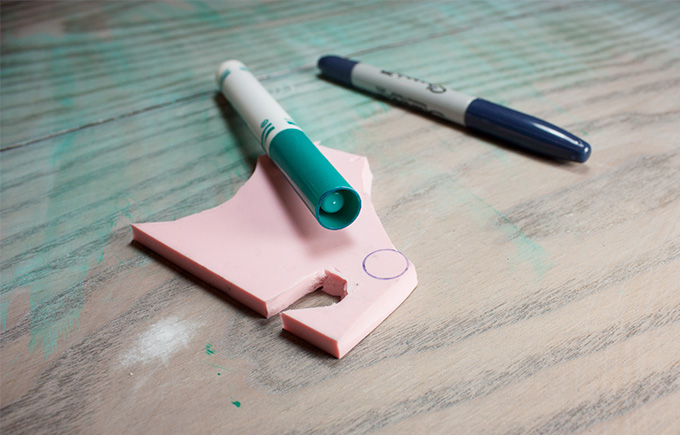
From 2014-2016 I chronicled my crafty endeavors on the site Adventures-in-Making. I’ve selected a few of those DIY’s, Recipes, and other posts to share on the site.
I’ve been getting a lot of questions lately about my lettering, and a few poor souls have even asked if I teach a class (HA!). I tell everyone the same thing– my lettering has improved over the past year because I’ve been practicing. I know, that sounds like a cop-out, but it’s true! I’ve been making signs and chalkboards for the store, lettering in my prints, and wearing through Prismacolors like nobody’s business.
The key, for me, if to cut myself some slack while I’m practicing. Doodling letters is swell, and I take any opportunity to write words in weird ways.

This wrapping paper is a perfect example. I wanted to come up with a simple way to wrap a couple of small gifts, and went to the (very soggy) garden for inspiration. The remaining herbs were so pungent and gorgeous that I decided to use them as accents on a basic brown paper wrapping.
The whole thing’s pretty simple, and I’m sure you could come up with something even more special. The point is, I was able to mess around with letters and words without feeling too self-conscious. It’s just wrapping paper, and the herbs take center stage.

For the second gift, I made a tall bag with a few materials, and I thought I’d share my process.
Supplies I Used
• Plain brown kraft paper – you could also repurpose a grocery bag.
• Fresh herbs from the garden
• White Prismacolor Pencil
• Flour & water to form a paste. You can also use glue, of course!
• Scissors
• Pencil
• A can of spray paint as a base form

First I traced the base of the can to form the bottom of my bag…

and cut out the circle, about 1/4 inch inside my line.

I then measured the can and cut out a piece of paper for the main part of the bag, leaving myself about 2 inches of extra height to wrap along the bottom and enough width to cover the whole can with a little overlap.

I made a fold at that 2 inch mark, and cut a little fringe into that end (the bottom.) You’ll see why in a second.

I used my trusty white pencil to doodle words all over the paper.

I’ve started using a flour paste for a lot of paper projects, lately. Here I used about equal parts water and flour, mixed well, and applied with a cheap paintbrush.

I wrapped the paper around my spray paint can and painted both edges with my paste…

then began folding the fringe pieces down. Once those were down I painted them, and the round bottom piece with paste…

applied like so, and left to dry.

After it was completely dry (a few hours later) I trimmed the top of the bag, and filled it with my gift, and a little tissue paper.

Simple directions for a unique bag- and a great way to work on those lettering skills.

Are you inspired by herbs, like I am? Don’t forget to share you spice & herb work with us for our November DIY Challenge! We’d love to see what you think up.
(You know, keep life spicy.)































































You must be logged in to post a comment.